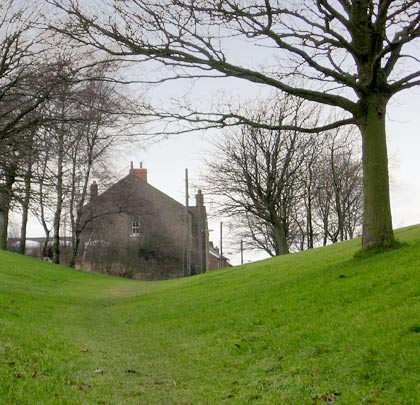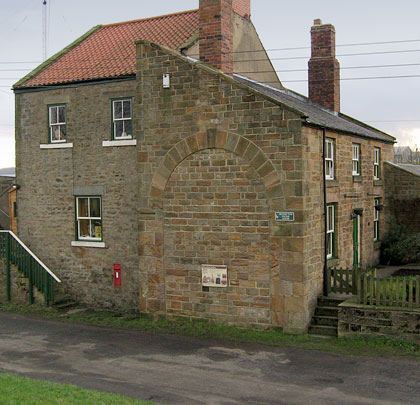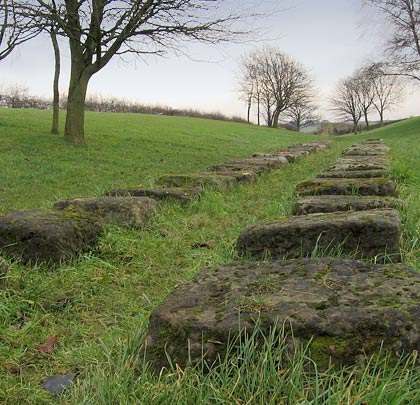Brusselton Incline
Brusselton Incline






Opened in September 1825, the original alignment of the Stockton & Darlington Railway ran for 25 miles from Phoenix Pit at Witton Park Colliery near Bishop Auckland to Cottage Row in Stockton. During its first three months, 10,000 tons of coal was carried to Darlington and Stockton, earning almost £2,000. A little over 18,500 tons arrived for shipment from Stockton in the 12 months to June 1827, together with around 35,000 passengers. Coal haulage had increased to more than 52,000 tons a year later. Thus, the railway’s success was assured.
Whilst the greater portion of the line was operated by steam locomotives, stationary engines hauled wagons up the Etherley and Brusselton inclines at its western end. The former linked the Wear and Gaunless valleys whilst the latter overcame a ridge at the bottom of which was Shildon. The west side was 1,960 yards in length, rising 150 feet, whilst the east side was 800 yards with a 90 feet rise.
Brusselton’s first 60hp double engine was built at the Stephensons’ works in Newcastle. Demands on it were high and, in 1831, a replacement 80hp engine was delivered from R&H Hawthorne. On 6th September 1839, it hauled 904 wagons up the incline, loaded with 2,120 tons of coal.
In 1830, a branch was completed to Haggerleases, diverging westwards from a junction at St Helens, between the two inclines. Twelve years later, the 1,225-yard Shildon Tunnel opened, connecting the S&DR to South Church from where the Bishop Auckland & Weardale Railway was being pushed northwards.
Around this time, a network of local lines was quickly being developed. Amongst them was a link between the north end of Shildon Tunnel and St Helens, opening in 1856. This bypassed the Brusselton incline and it closed two years later. Etherley incline saw its last traffic at around the same time.







